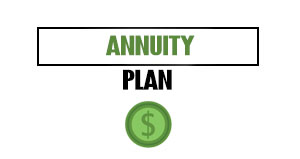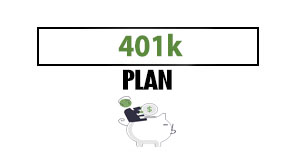Every freelancer has to deal with clients. Sometimes this isn’t all stressful because you and the client have a solid working relationship. Other times, you have clients who frequently interrupt your work, constantly add items to the projects, or refuse to pay after you completed a project. You may have been so frustrated that you said no to new client work.
No matter your specific relationship with a client, here are some useful pieces of advice to make working with your clients run more smoothly and efficiently.
Do Your Research
If you’re working with a client for the first time, then you may want to conduct a little research on them prior to working with them. Ask fellow freelancers in your network or search online for any complaints. If there are any red flags, then you probably want to avoid them, no matter how much they’re offering to pay you.
It’s just not worth the headache and it will take you away from quality, high paying clients.
Be on the Same Page
When you first discuss a project with a client you need to know exactly what they are looking for and they should be aware of what you can and cannot do. Additionally, both parties should agree on a deadline and payment details, such as your rate and how you’ll be paid. By addressing any questions or concerns from the beginning can make the entire process run more smoothly because it avoids any misunderstandings that can delay completing a project or getting paid.
Even after you begin working for a client you should be in frequent contact with the client during the creative process. For example, you should keep the client updated on the progress of the project, show them concept sketches and mockups, and be willing to share any ideas or suggestions that you feel could make the design stronger.
Be Flexible, But Don’t Always Give In
There will be times when a client makes suggestions to your design. Don’t take this personally. After all, it’s the client design when all’s said and done. To avoid spending too much time on a project only to have it rejected, leave some room for changes so if your client does want to make any adjustments it won’t be that difficult to add.
At the same time, you don’t want to come across as a pushover. Your client needs to be aware from the get-go on either your limitations or the limitations of your software. Remember, it’s perfectly acceptable to say no sometimes.
Accept Criticism
Don’t take constructive criticism personally. Believe it or not, this will make you a stronger designer because a client may have picked up on a skill that you need to strengthen.
Also, if a client rejects your idea, that doesn’t mean that they think you’re untalented. Sometimes your idea doesn’t fit with the client’s needs. Instead of getting offended, compromise with the client until you are both satisfied.
Let Your Work Speak For Itself
Always be proud of your work and deliver the quality design you know you’re capable of in a timely manner. Not only will this show the client that you’re a professional, it will also encourage the client to hire you again or refer you to their contacts.
Get Everything in Writing
Even if you believe you and the client are on the same page, you should still have everything in writing to avoid any misunderstandings. When you accept a project from a client, you should both have the following agreements clearly written out:
- Description and scope of the project
- The deadline
- Payment amount
- The down payment required prior to starting a project
- The amount of time or number of revisions included in the quote price
- Cost of additional edits/additions
While you don’t always have to have a formal contract – an email with this information could work – it’s in your best interest to have a contract made up. Smashing Magazine has a legal guide and a number of templates specifically for freelance designers.




